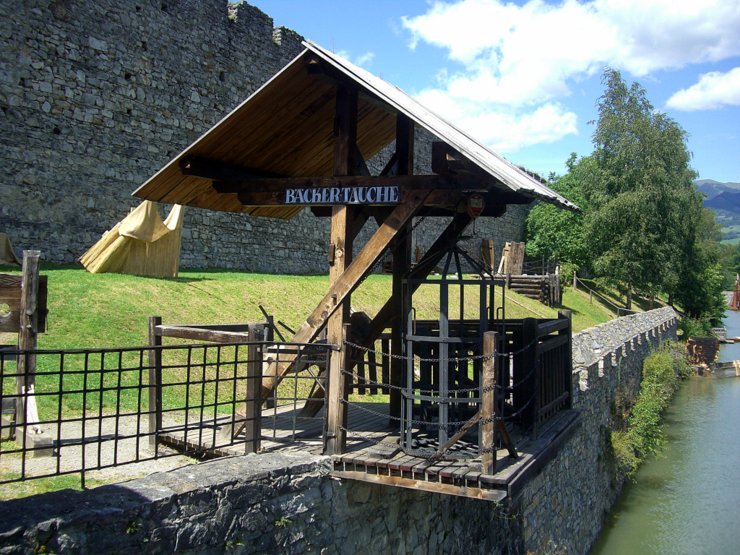
While walking along the city walls of Friesach, I came across this reconstruction of a medieval installation. The German inscription describes it as Bäckertauche. Literature told me this used to be a tool for punishment in earlier times.
You only see what you know (Goethe)

While walking along the city walls of Friesach, I came across this reconstruction of a medieval installation. The German inscription describes it as Bäckertauche. Literature told me this used to be a tool for punishment in earlier times.
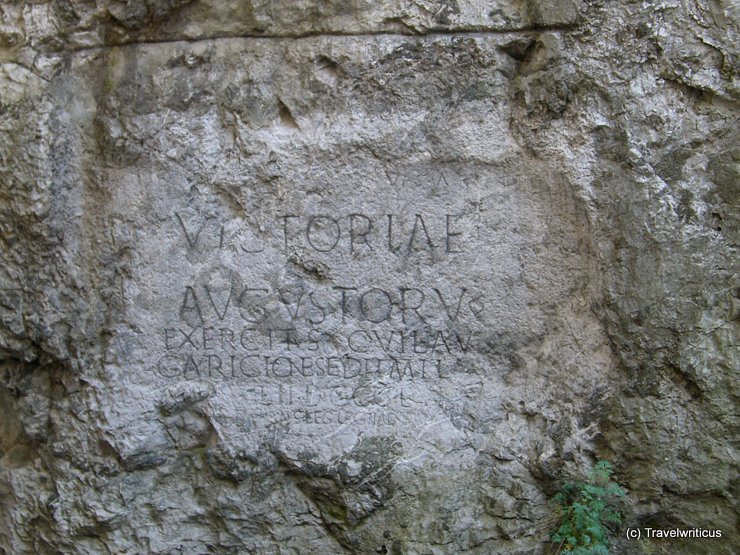
In the winter of 179/180, Marcus Valerius Maximianus and the Roman Legio II Adiutrix camped in the Vah valley. They were on a campaign against the Quadi at this time. They left this inscription on a rock of the later Trenčín. [German]
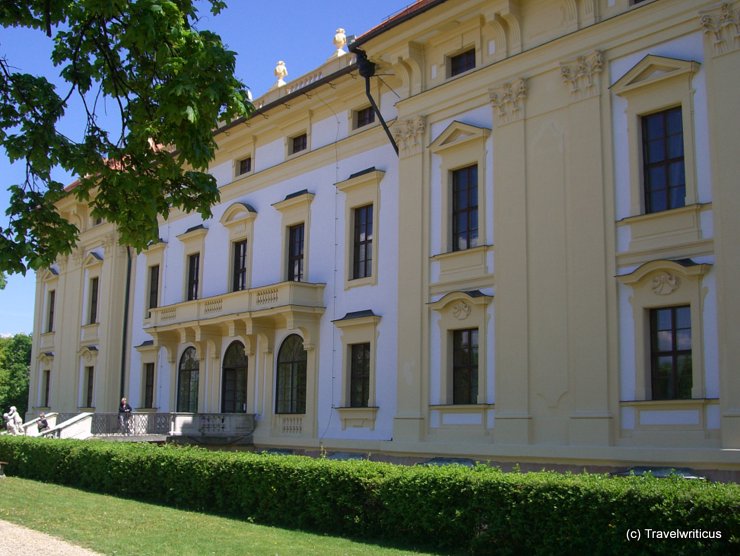
Austria and France signed an armistice in Zámek Slavkov (Slavkov Castle) on Dec 6th, 1805. At that time, the place and the mansion were known by the name Austerlitz. Taking a guided tour, I had the chance to see not only the interior of the Baroque building but also the room where the armistice was signed.
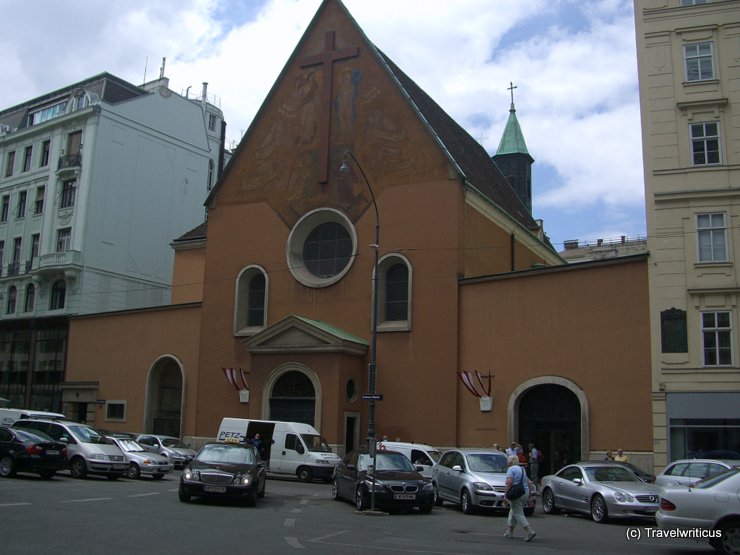
Below the unimposing walls of the Capuchin Church, the Imperial Crypt (Kaisergruft) houses the bodies of 12 emperors and 18 empresses. In Vienna, people also know this morbid place as Capuchin Crypt (Kapuzinergruft).
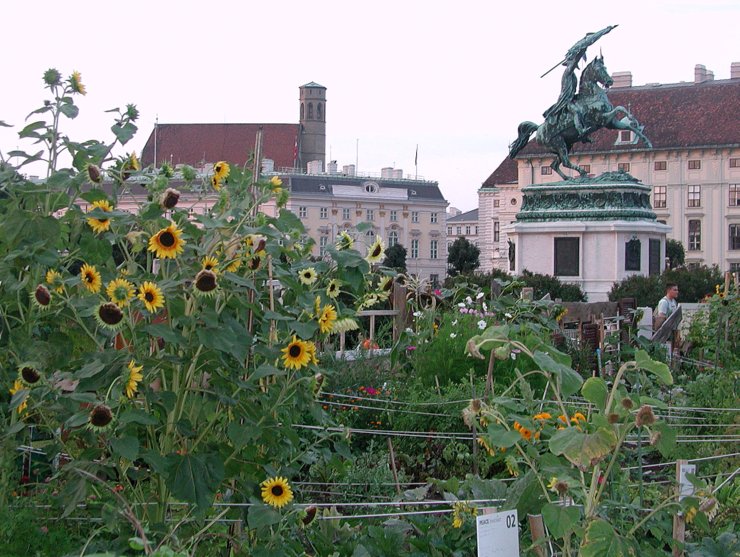
In 2005, many events marked the 60th anniversary of the end of WW II. For example, the Heldenplatz – a central square in Vienna – was covered with vegetables and sunflowers. This reminded us that the citizens used every free space to produce food around 1945.